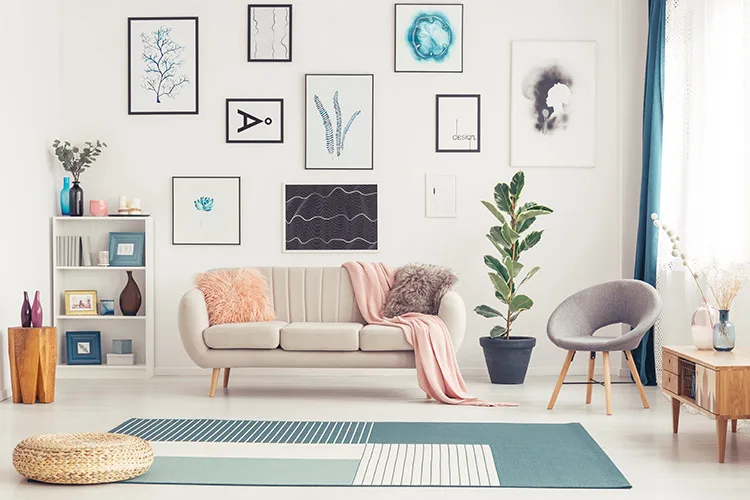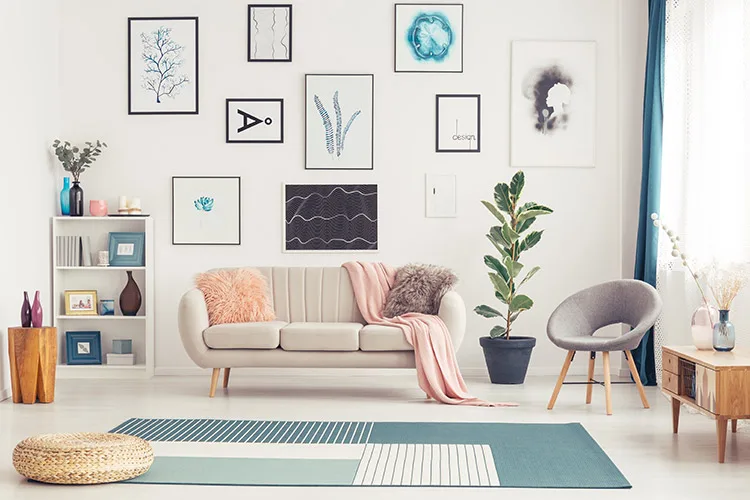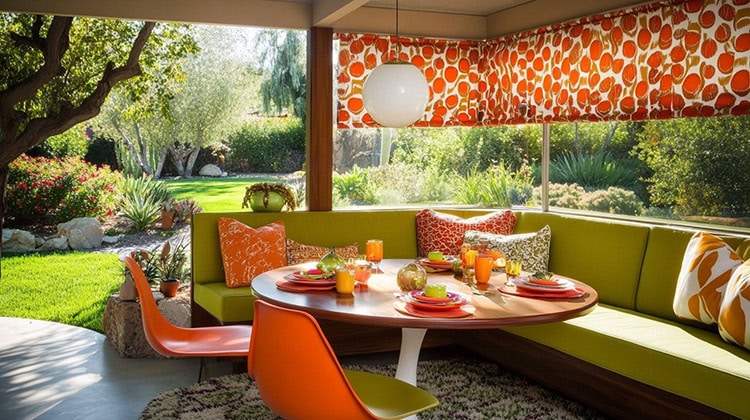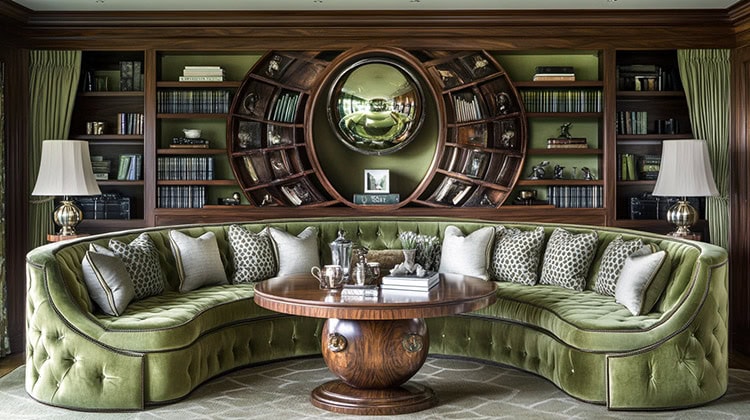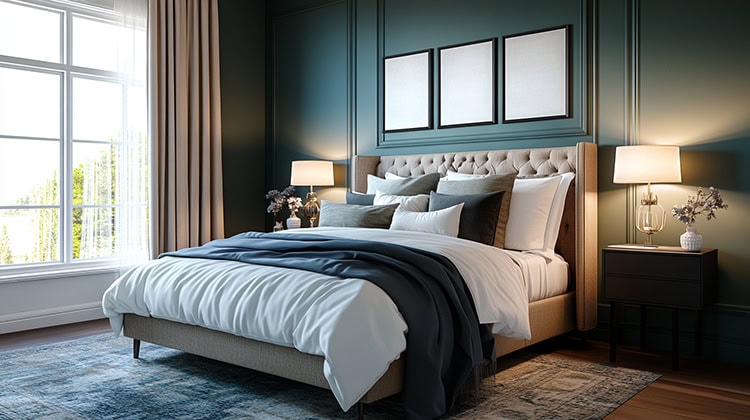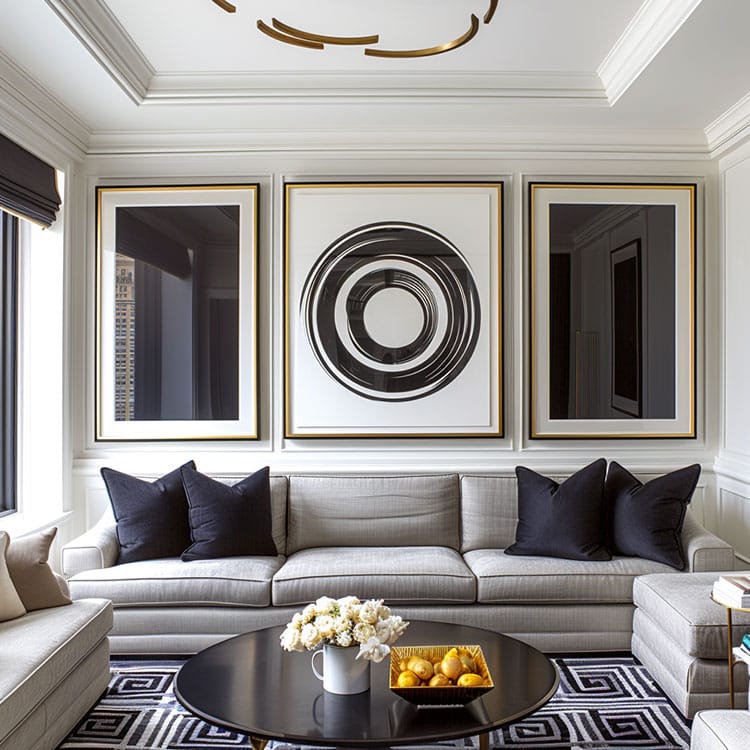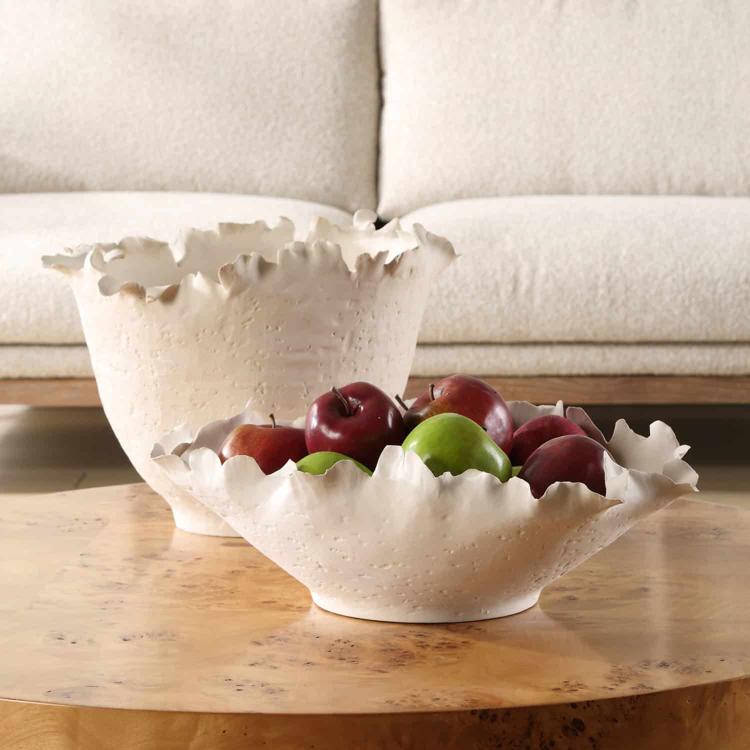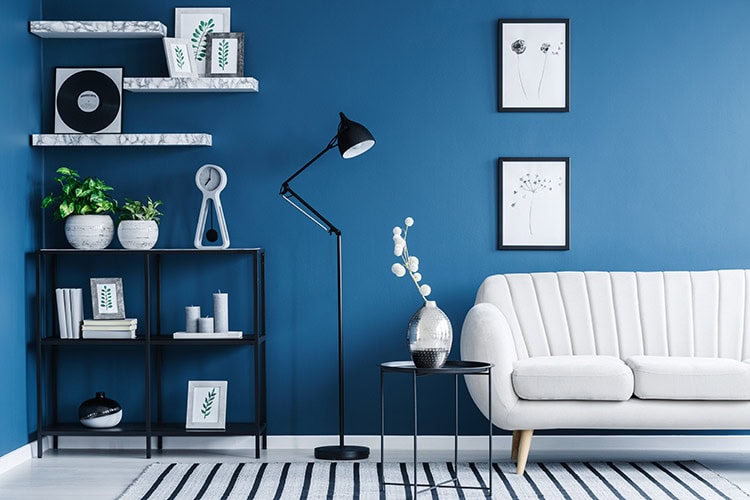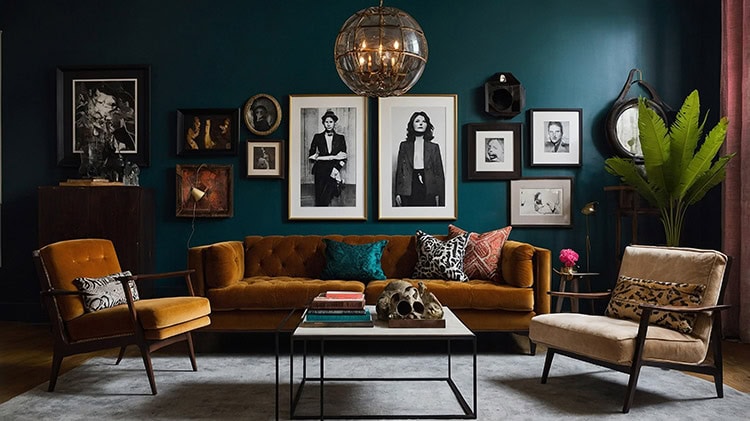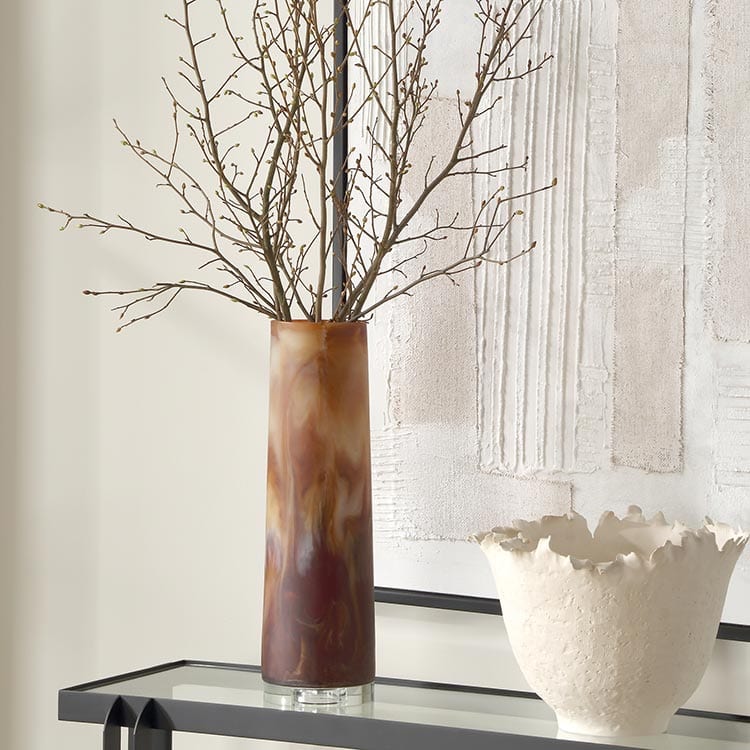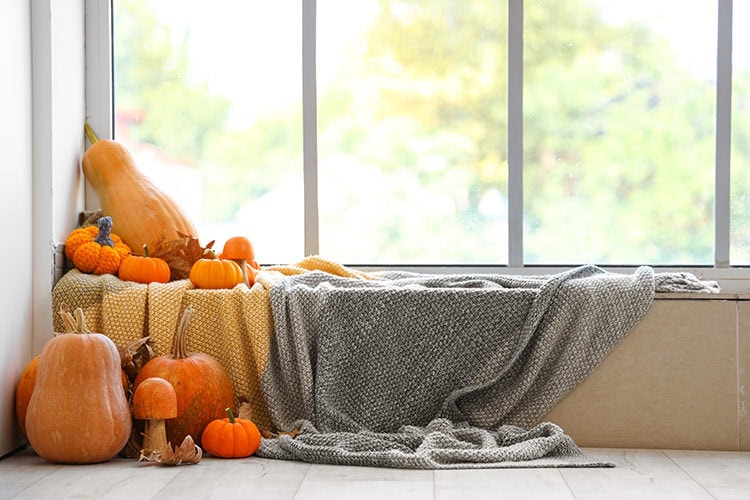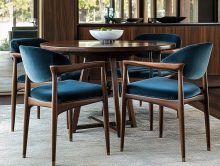The holidays are over – furniture is being moved back into place, boxes of decorations being packed up and put away until November, and while it’s still cold outside, spring is right around the corner. For that very reason, we thought it’d be a good time to talk about how to pair heavyweight and lightweight fabrics together in your home. In the summer, we tend to use lightweight fabrics, whereas we tend to use more heavyweight fabrics in the winter. When you mix the two together, you get that perfect balance.
As with most other things, we tend to gravitate toward certain fabrics because of their looks rather than their durability. This isn’t always a problem, but there are times our fabric choices—as with anything else—wind up being one big mistake simply because what we chose couldn’t perform the task we needed it to do. Because our fabrics need to be able to serve our decorating purpose to the fullest, it’s important that we know all we can about them.
Fabric Categories: The Big Three
Fabrics essentially fall into three main categories: lightweight, medium-weight, and heavyweight. This weight is categorized by the fabric’s abrasion resistance, which is determined by a “double rub” test. The double rub is a back and forth motion that gives an approximation of the wear and tear. Three thousand double rubs are equivalent to one year’s worth of use.
- Lightweight fabric can handle roughly 3,000 to 9,000 double rubs, meaning this isn’t the best fabric for heavy use. At best, this fabric will withstand up to three years of regular use, so it’s best to keep it for items such as accent pillows, curtains, or chair cushions that get minimal use.
- Fabrics of medium weight can handle approximately 9,000 to 15,000 double rubs. These are fabrics that would serve well in the family and/or living rooms. Medium-weight fabrics are typically the most widely used fabrics because of their versatility.
- Heavyweight fabrics are the most durable, able to withstand more than 15,000 double rubs. In the past, heavyweight fabrics used to be stiffer and thicker. Today, however, newer blends are available, leaving you with much more supple and softer options.
If you aren’t sure what is what just by looking at them, a good rule of thumb is to check the tag. Most fabrics are labeled so you can easily determine which fabric is right for your particular application.
Medium-Weights Are Easy. But Are They Best?
There’s no doubt that medium-weight fabrics are the best of both worlds. But don’t let the ease of using them deter you from delving into the beautiful light- and heavyweight selections out there! It might seem like a struggle to use two very different weights together in a space successfully, but it can be done once you understand them a little better. The more you know in regards to what they’re best suited for, the process of mixing them becomes easier.
Your lightweight fabrics are going to be fabrics like silk, linen, and microfiber, while the heavyweights are fabrics like velvet and wool. Yes, they are from opposite ends of the spectrum, but when they are blending together correctly, it can really elevate the look of a room.
Tips For Blending Successfully
When it comes to using heavy and lightweight fabrics together, be sure to adhere to the rule of three: no more than three patterns within one space. If you stick to that, it really all comes down to how and where the fabric will be used.
As a general rule, avoid lightweight fabrics on pieces of furniture that get heavy use. Instead, opt for a heavier fabric that can withstand the daily abuse. A good example of using multiple-weight fabrics together is a sofa covered in a medium-weight fabric, accented with throw pillows covered in something lightweight, and then a finishing touch of sophisticated velvet window treatments. You could even expand textures by using something such as tweed or linen on chairs, velvet on a sofa and leather on an ottoman.
To keep the place looking like it makes sense, keep a similar color among your fabrics so they tie together nicely. When the fabrics complement each other in color and meet your decorating needs, you’ll have that beautifully cohesive space that’s tailored to suit your personal style.
When the time comes to experiment with mixing fabric weights, let us help. Stop by one of our showrooms or browse online to see our wide selection of discount designer fabrics, which include fabrics of all weights. We look forward to seeing you!

